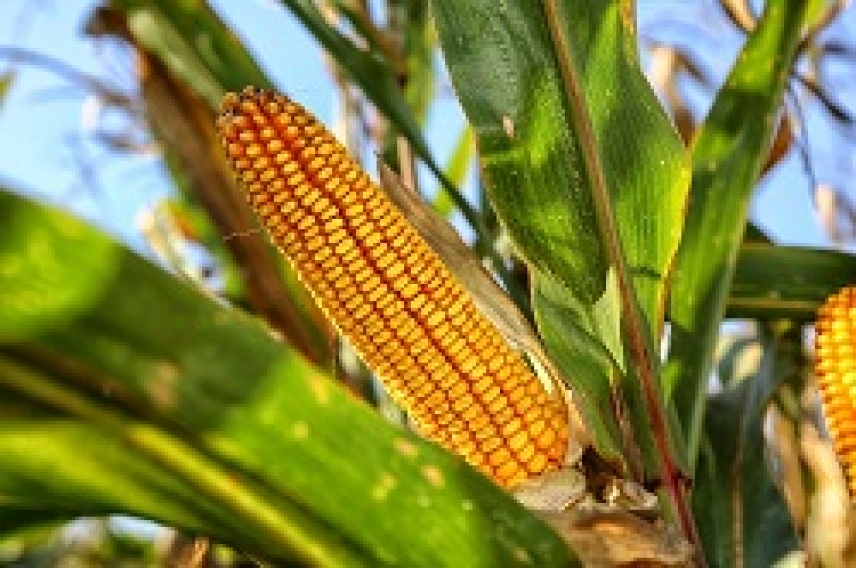
According to an international study published in the journal Industrial Crops and Products, the University of Córdoba researcher Araceli García, working with French and American colleagues,has succeeded in obtaining this revolutionary material from maize leaves, one of the world's most abundant agricultural residues which, until recently, had few applications. Maize (corn) residue is usually discarded or burnt. Now, it can be given a new, highly-valuable use.
As Araceli García points out, "cellulose nanocrystals have traditionally been obtained from wood; but wood is not available all over the world”. "Corn leaves are a cheap raw material, they contaminate less, are more sustainable and have no food-related applications".
However, this is not the only reason why corn residue is a prime candidate for cellulose nanocrystal production. As this research has shown, cellulose extracted from corn leaves has a "long, fibrous structure, with a very small diameter”. This gives the cellulose nanocrystals what scientists call a “high aspect ratio”.
The true potential of nanocrystals lies in their resistance to traction, in other words their stretchability. Therefore, the longer the fibres the stronger the materials, “meaning that less material is required, which lowers production costs”.
In short, a high-quality material with several valuable applications has been obtained from a hitherto-unusable residue. Although further research is required, scientists expect that the manufacture of corn-based nanocrystals to grow exponentially over the next few years..
References:
Extraction and process analysis of high aspect ratio cellulose nanocrystals from corn (Zea mays) agricultural residue . Smyth, M; Garcia, A; Rader, C; Foster, EJ; Bras, J.. INDUSTRIAL CROPS AND PRODUCTS. Volume 108, 1 December 2017, Pages 257-266


